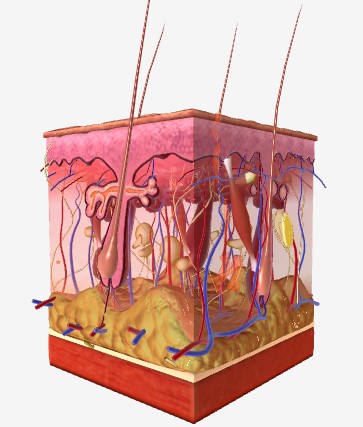Tag: 3d
-

3D Anatomy
There are so many ways to visualize complex data AND understand it at the same time. However, this has been done for many years for complex data using diagrams.A typical place this has done many times has been anatomy. These diagrams present the views from different viewpoints and these then create the understanding of the…
-

Now see molecules
Try moving molecules now! Isn’t this beautiful? It shows the structure of the mechanosensitive Piezo1 channel with display from NIH system – https://www.ncbi.nlm.nih.gov/Structure/icn3d/full.html
-

Shimmer microscopy – useful?
Microscopy has its origins from small lenses being put together for astronomy and then used for magnifying the small particles in a lake. Microscopy enabled the discovery of much what we know about cells, organelles and the function. It has also helped in the diagnosis of diseases – one of the earliest one being the…
-

Imaging through rain.
Start with the application: A set of headlights that can enable the driver to see through the falling rain. Typically, it is difficult to see through rain because water droplets reflect the light that is reflected back from the water droplet. However, rain is not constant and it should be possible to time the light…
-

Imaging: Precise real time Three dimensional Hand Mapping.
It is typically difficult to map in three dimensions (3D) at a very close distance in high precision very quickly. There are different ways to accurately represent three dimensions but that requires a 3D scanner that will take a number of “images” with light or infrared or sonar and then map it correctly. However, if…
-

3D microscopy
Super resolution microscopy One of the problems with Quantum dots and some fluorescent proteins/molecules is that they blink. And they all photo-bleach. Bayesian analysis of blinking and bleaching or 3B microscopy analyzes images using Hidden Markov Model (HMM) allows useful information to be extracted from the data. Dr Susan Cox has come up with unique…
-

Elastomer for surface imaging
Surface geometry made easy It is extremely difficult to measure the cell surface topology using microscopes or camera’s. Typically, the choice is to use reflected light, refracted light or some unique modification that requires light to enter at correct angles, be altered and then measured with the camera. Typically, setup like that cost hundreds to…